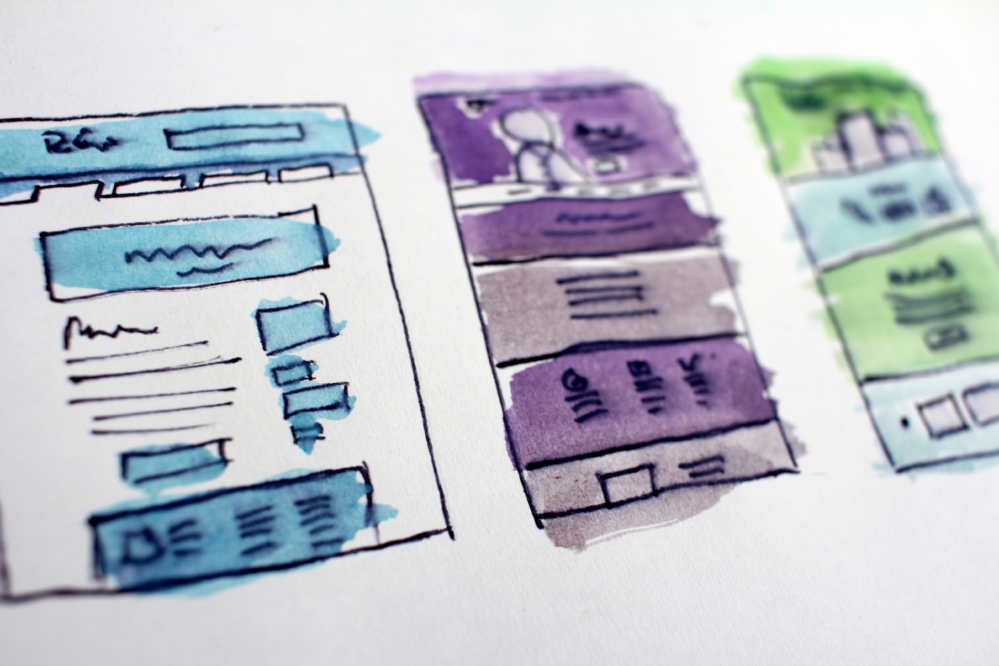Your website is an incredibly powerful tool. Not only does it provide a first impression of your brand, it plays an indispensable role in successfully driving your business goals—whether it’s sales, lead generation, or awareness.
Unfortunately, even the best websites don’t last forever. In fact, the average website lifespan can be as little as two years before it’s due for an upgrade. But what does that entail, exactly?
Let’s break it down. An amazing website is built on three critical elements:
- Beautiful, consistent design
- Flawless functionality
- Clear, compelling messaging
Many times, websites are updated to reflect changes in the brand itself. When considering a redesign, however, most businesses and website developers only focus their efforts on two thirds of the puzzle—improving design and functionality to present the existing content in a visually stunning and user-friendly way.
The problem with this approach is that the content itself rarely changes. It simply gets flowed in from iteration to iteration without a second thought.
So What?
Building a new website without solid brand messaging is like building a house on a cracked foundation: It’s beautiful on the outside, but its most basic structural problems will eventually wreak havoc if they’re not addressed. Similarly, design and functionality can’t save a website that doesn’t have its brand basics down.
Check Your Copy First
Whether you’re refreshing a few elements of your website or completely reimagining it, every redesign should begin with a thorough content audit.
Brands are constantly evolving—new products and services, changes in leadership, or a shift in strategic direction are all great reasons to give your website copy a once-over. At the same time, if you haven’t touched your messaging since you started the business, it’s worth reviewing to ensure it still aligns with your current brand.
Ask yourself: Does your content…
- Reflect your company’s core values?
- Engage your ideal customer?
- Communicate a clear value proposition?
- Have a consistent voice?
- Prioritize the user experience?
- Build relationships?
- Inspire action?
- Tell a story?
If not, now is the time to make adjustments. Here are a few good places to start:
- Alignment: Every brand is built on a set of core values and beliefs. The standards you hold yourself and your team to are the same ideals that will attract the right customers and keep them coming back. Does the language you use in your copy fall in line with your actions as a company? Are you presenting your brand with authenticity and transparency?
- Relevance: Personalized marketing has hit an all-time high, and it’s more important than ever to ensure you are delivering relevant content to your target audience. Take the time to learn how ideal customers prefer to engage with your brand and tailor your message accordingly.
- Clarity: Do you stumble through your “why” or struggle to give competing priorities equal exposure? Trying to cram every aspect of who you are and what you do into your website copy is a recipe for disaster—and often results in long-winded, confusing, and diluted brand messages. Instead, focus on the most important aspect of your brand and drill down until you get to the heart of the message behind it.
- Flow: Let’s face it, no one likes wading through a wall of text, no matter how compelling the content is. Once your brand message is on point, make sure it’s optimized for digital consumption. Your website and the copy itself should be easy to read, so stick to plain language (aim for an eighth grade reading level) broken up into skimmable, easily digestible chunks.
Need help telling your story? Let’s talk.










Leave a Reply
Want to join the discussion?Feel free to contribute!